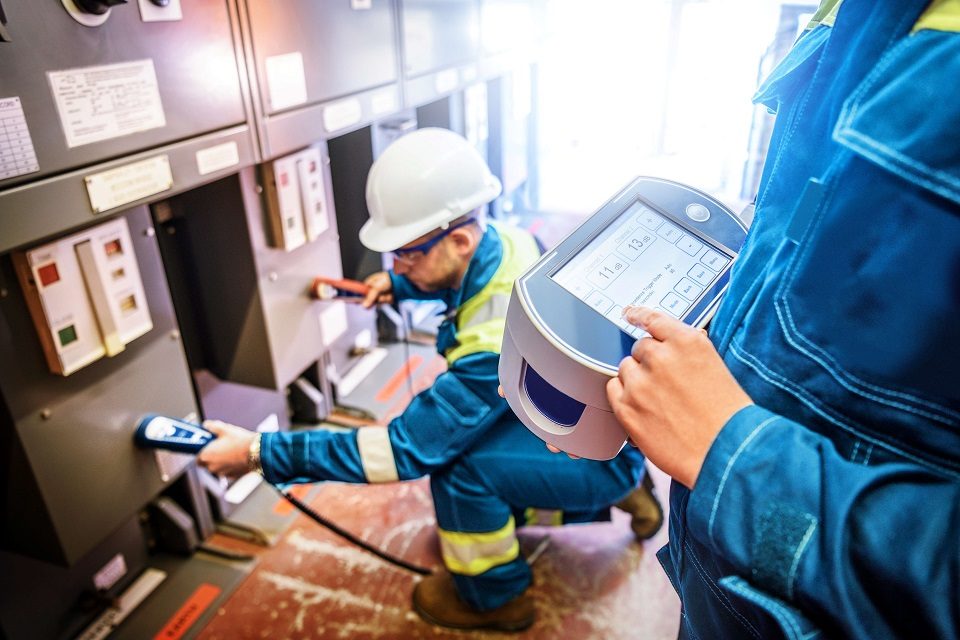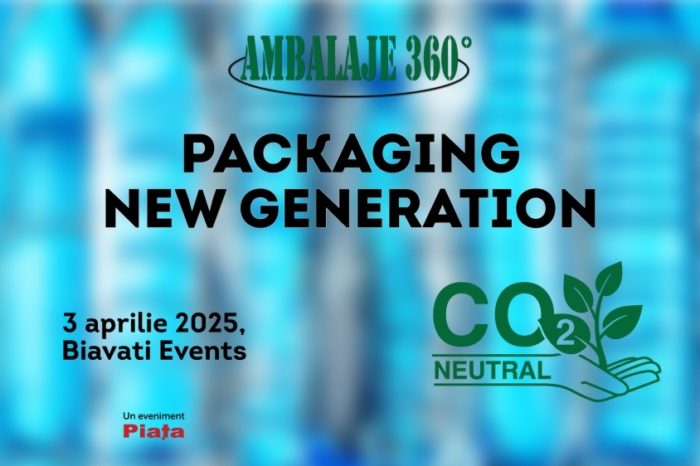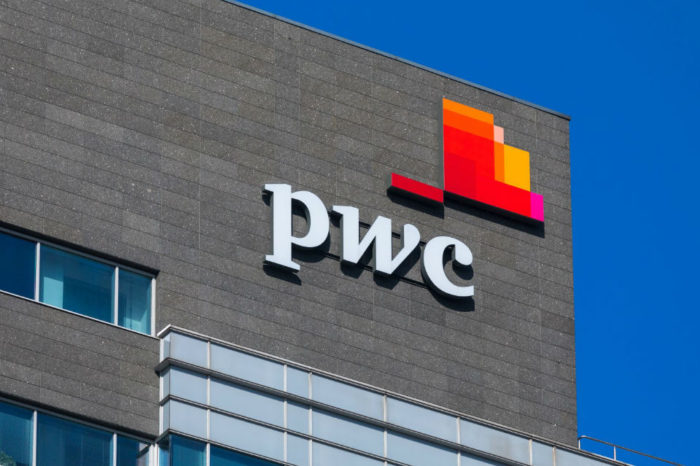Using modern applications to fuel utility customer engagement in Romania

By Emanuele Cacciatore, Oracle Senior Director, Energy & Utilities Industry Lead EMEA
Across industries, companies are leveraging data and AI-powered applications to better understand their customers, personalize experiences and improve customer engagement. Today, many utility companies have not yet fully realized the business value that other sectors have achieved from enhancing their customer engagement models with digital tools and technologies. While most of the industry acknowledges the importance of the customer experience, its impact on revenue and the cost-to-serve, many struggle to implement the right tools or simply lack the vision.
“In a highly fragmented and competitive electricity retail market, such as the Romanian one, where the largest operator by market share holds a 12-13% share, the ability to deliver a superior customer experience is becoming of paramount importance to attract new customers and retain existing ones.
This is especially true since the liberalisation of Romania’s electricity prices has made market competition fiercer, encouraging utilities to invest in digital technologies to create more meaningful customer experiences and mitigate customer churn.” – highlighted Cosmin Vilcu, Senior Account Manager of Oracle Customer Experience Solutions.
Let’s see the most important reasons why Romanian utilities should consider using modern AI-powered applications in the area of customer engagement:
- Provide an omni-channel and personalized experience
Customers are increasingly demanding hyper-personalized, connected experiences that allow them to engage with their utility provider at their convenience using the channel of their choice. According to a consumer survey carried out by Oracle in 2021 on 4,500 respondents across 10 countries, mobile apps are gaining ground across Gen Z and Millennials as one of the preferred channel to interact with their energy supplier, although phone remains by far the most used channel across all generation cohorts.
As a result of further liberalization of the electricity and gas market in the EU, energy retailers are exploring new sales channels for residential customers by offering energy packages across supermarkets and department stores. In Romania, CEZ Vanzare started offering electricity and gas packages across Altex supermarkets and Media Galaxy, a consumer electronics department store. It actually makes a lot of business sense to open up these channels, particularly if we consider how customer attitudes and behaviours have spread from the Fast Moving Consumer Goods (FMCG) sector to the utility retail sector. The ROPO effect, for instance, is now a fact in electricity retail too, with consumers researching information and purchasing energy offers across a blend of online and offline channels.
Through all these channels huge volumes of customer’s data are flowing through utilities’ systems, website, apps, call centres and marketing programs. If this data remains siloed, utilities will miss the opportunity to develop a comprehensive understanding of their customers and will struggle to translate insight into revenue. To this regard, modern customer data platforms are fundamental to build a unified customer profiles and achieve enhanced customer profiling capabilities.
Furthermore, the ability to process real-time customer behavioral data is key to understand digital behaviors and trends in usage and engagement over time and provide real time intelligence to optimize engagement across channels.
- Deliver simplified experiences
Simplicity of interaction is also a must. This is particularly true for the electricity retail sector in Romania where, in the new context of market liberalization, customers have to invest time and effort to understand the new offers and navigate the procedures for switching to a new supplier. It is not by coincidence that, according to KPMG‘s Customer Experience Excellence (CEE) 2021 report for Romania, Utilities was the only sector of the Romanian economy to record a year-on-year decrease in two of the six CEE Pillars, namely “Time & Effort” and “Personalization”.
2021 was in fact a challenging year for Romania’s utility sector due to market liberalization which drove, along with increased pressure on costs, a need for simplicity in communication as well as ease of interaction. Research shows that customer happiness is highly influenced by the quality of the digital experience. On average the Customer Life Time Value grows up to +4 to 8% for every additional NPS score (source: Bain & Company). Clearly, in such a context, superior digital UX and ease of use are paramount features of any customer facing application. Utilities must design “set-and-forget” solutions and make any transaction or procedure a “one-click story”.
- Lower the barriers to service
In the utility market, where product (i.e. electrons) is not a differentiator, the service component is crucially important. With a true omni-channel suite of capabilities, utility providers can leverage AI to anticipate a customer’s issues in advance of the customer interaction and proactively engage. For example, embedded intelligence can identify a spike in monthly spend or potential water leak and trigger a customer communication or flag for an agent as the likely reason for the customer call.
- Turn to digital self-service
Offering digital self-service capabilities can help drastically reduce operating costs while satisfying the growing demographic segments that would rather engage digitally than seek out assisted service. However, self-service tools that are not underpinned by comprehensive knowledge management often require customers to switch channels and repeat their issue, leading to lower customer satisfaction. Inconvenient digital customer interactions and journeys can lead, in fact, to overall lower levels of customer experience.
In a study on customer experience in Romania, carried out by McKinsey in 2021, utilities recorded the lowest CSAT score amongst surveyed customers with over 50% of digital contacts (i.e. customers with the majority of contacts being digital). AI-powered digital assistants can enable a rich, conversational self-service experience, and provide customers the ability to switch to assisted channels without losing context.
Concluding remarks
To succeed in today’s customer-centric and digital-first environment, Romanian utilities must take a holistic, data-driven approach to offer the omni-channel, personalized and simplified experiences their customers want. It is not an easy endeavour, as it implies the radical transformation of the overall approach to customer management, but it is a business imperative, especially as the utility sector in Romania is expected to undergo significant changes in the next few years.













